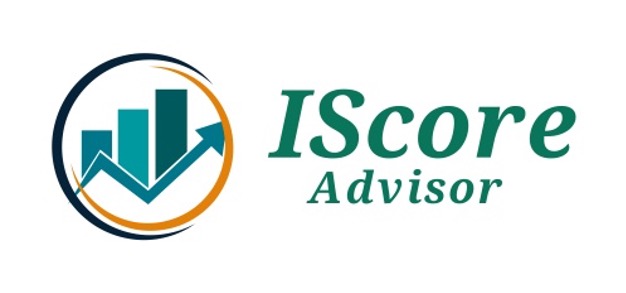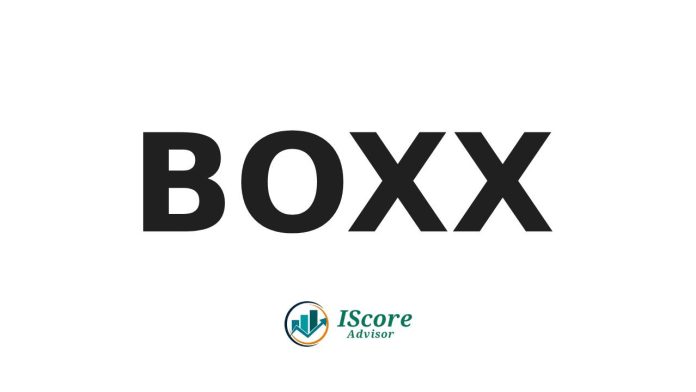The BOXX ETF (Alpha Architect 1-3 Month Box ETF) offers a risk-free return that mimics Treasury bills (T-bills) but with greater tax efficiency, making it a good option for cash management. Its polarity is reflected in its total assets with 3.36 billion in no more than two years.
Its performance chart show a steady upward trend from the end of the year 2022 to the current date in August 2024. This indicates a gradual and consistent growth in the ETF’s price, reflecting a stable performance.
https://finance.yahoo.com/quote/BOXX
This article will explore the BOXX ETF and why you might consider it over other T-bills ETFs
Reason of choosing BOXX ETF
Recently, the combination of high interest rates (with uncertainties of rate cuts), persistent inflation, economic uncertainties and geopolitical tensions created a perfrect storm that drove investors towards low-risk, high-yeild investments like 3-month T-bills and related products.
Regarding short-term cash-equivalent investments, many people would consider common options including high-yield savings account, certificates of deposit, T-bills, and money market funds. All of these would provide low-risk and returns close to isk-free interest rates.
Capital gains are less favorable for residents of states with high taxes, such as California, which complicates the comparison because T-bills are exempt from state taxes.
https://fred.stlouisfed.org/series/FEDFUNDS
However, the biggest concern for all investors in these lies in taxation. IRS still taxes the monthly interest or return as the authority still considers it as income, even though you are reinvesting.
Traditional investments like T-bills are taxed as ordinary income, leading to a significant tax burden.
For example, if you earn $500 in interest over the year from your $10,000 investment (with 5% a nnual yield comparable to the 3-month T-bill), IRS taxes it as an ordinary income, even if you do not withdraw it and instead let it grow within your account. After paying the $110 ($500 * 22%) in federal taxes, you actual gains is reduced to $390, which means your effective yield is 3.9%.
Here is why we introduces BOXX, which reduces the tax burden by classifying gains from index options (like the S&P 500 Index, or SPX) as 60% long-term capital gains and 40% short-term capital gains. It would be a more preferable tax treatment.
How BOXX works
BOXX does not hold any T-bills but simulate risk-free rates synthetically by using derivatives.
It does this by simultaneously holding synthetic long and short positions on the S&P 500 index. This type of trade is known as “box spread”.
By buying and selling options with same expiration date and strike price, it creates synthetic long and short positions and the difference between the long and short positions equates to the risk-free rate.
How BOXX and box spread work
Let’s assume we are working with the S&P 500 Index (SPX) options.
Parameters
Lower Strike Price (K1): 4,000
Higher Strike Price (K2): 5,000
Expiration Date: 1 year from now
Risk-Free Rate: 5%
Options Premiums: Hypothetical prices for simplicity.
Step-by-Step Construction
- Long Call at K1 (4,000)
- Buy a call option with a strike price of 4,000.
- Premium Paid: $300
- Short Call at K2 (5,000)
- Sell a call option with a strike price of 5,000.
- Premium Received: $100
- Long Put at K2 (5,000)
- Buy a put option with a strike price of 5,000.
- Premium Paid: $200
- Short Put at K1 (4,000)
- Sell a put option with a strike price of 4,000.
- Premium Received: $150
Total Cost of the Box Spread
Total Premium Paid: $300 (Long Call) + $200 (Long Put) = $500
Total Premium Received: $100 (Short Call) + $150 (Short Put) = $250
Net Cost=$500−$250=$250
Profit Calculation
The maximum profit of a box spread is determined by the difference between the two strike prices, minus the net cost to establish the position.
Difference Between Strike Prices:
K2−K1=5,000−4,000=1,000
Maximum Profit (at Expiration):
Maximum Profit=1,000−250=750
Equating to the Risk-Free Rate
The net cost of the box spread setup reflects the time value of money, meaning it approximates the present value of the risk-free return that will be earned over the life of the options.
Risk-Free Return Calculation:
Assuming a risk-free rate of 5%, we want to check if the profit aligns with this rate:
Future Value Calculation:
Present Value= Future Value / (1 + Risk Free Rate) = 1,000 / 1.05 ≈ 952.38
Net Profit=1,000−952.38=47.62
Profit Due to Risk-Free Rate:
Risk-Free Rate Approximation= 47.62 / 952.38 ≈ 5%
This example demonstrates how box spreads can be used to replicate the risk-free rates in options trading, making them appealing in specific market conductions.
Details on how box spread works: Earlyretirementnow, Alpha Architect
According to Alpha Architect, box spreads earn more than matching treasury bills traditionally based on data from 2004 to 2018.
Is BOXX ETF safe?
The primary risk of BOXX mainly lies in counterparty risk, which focus on the counterparty’s ability to pay on the options contracts. The counterparty of BOXX is Options Clearing Corporation (OCC), , which shared the same rating with U.S. government debt at AA+.
But now OCC faces challenges that have led to a credit rating downgrade, highlighting the need for enhanced financial safeguards and compliance with regulatory standards to regain confidence and improve its outlook.
If we don’t consider the tax, based on tracking from different fund comparing platforms, the return of SGOV is higher than BOXX since January 2023. Meanwhile, BOXX has also a higher expense ratio of 0.19% than that of SGOV at 0.09%. With tax savings, the BOXX should still outperform the SGOV.
Conclusion
BOXX might be a good option for those would prioritize taxation cost.
Ultimately, the choice between BOXX and SGOV depends on individual investment goals, risk tolerance, tax considerations, and preferences for investment complexity. For those seeking higher returns with potential tax benefits, BOXX may be preferable. Conversely, those seeking safety and simplicity may favor SGOV.
—
Iscore Advisor:
The content in any of the Iscoreadvisor.com webpages shall not be construed as financial advice and may be outdated or inaccurate; it is your responsibility to verify all information.

